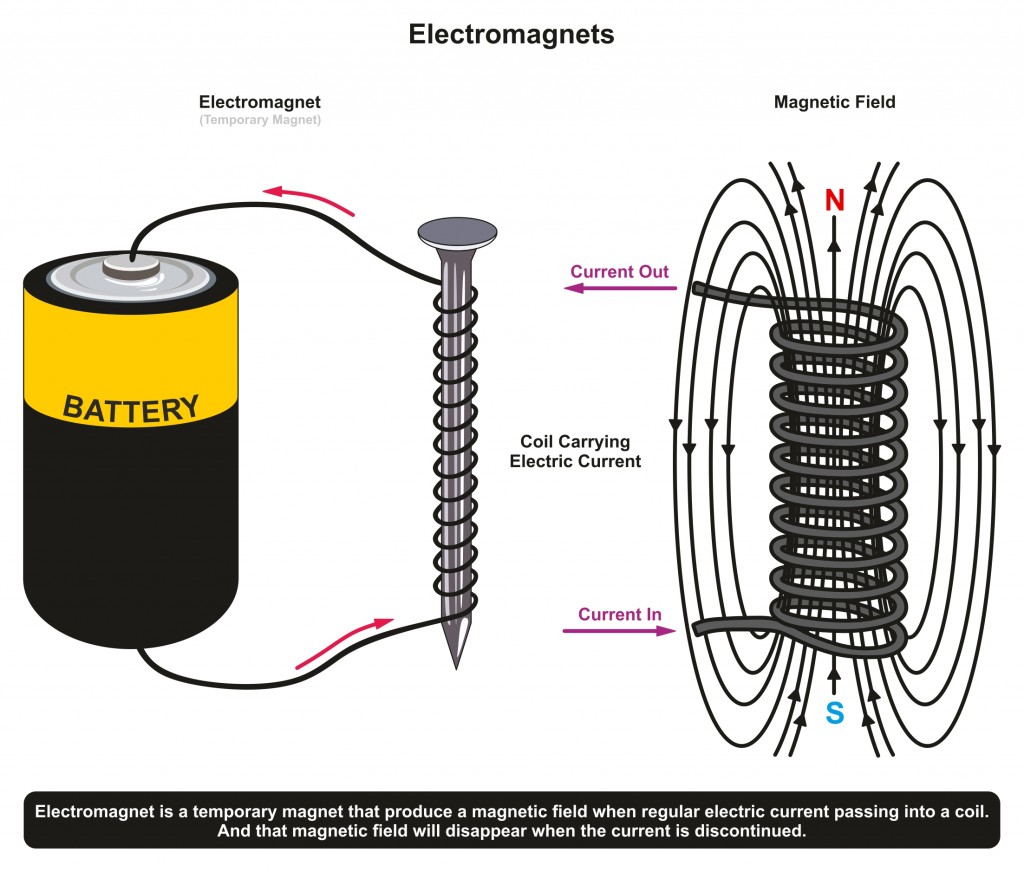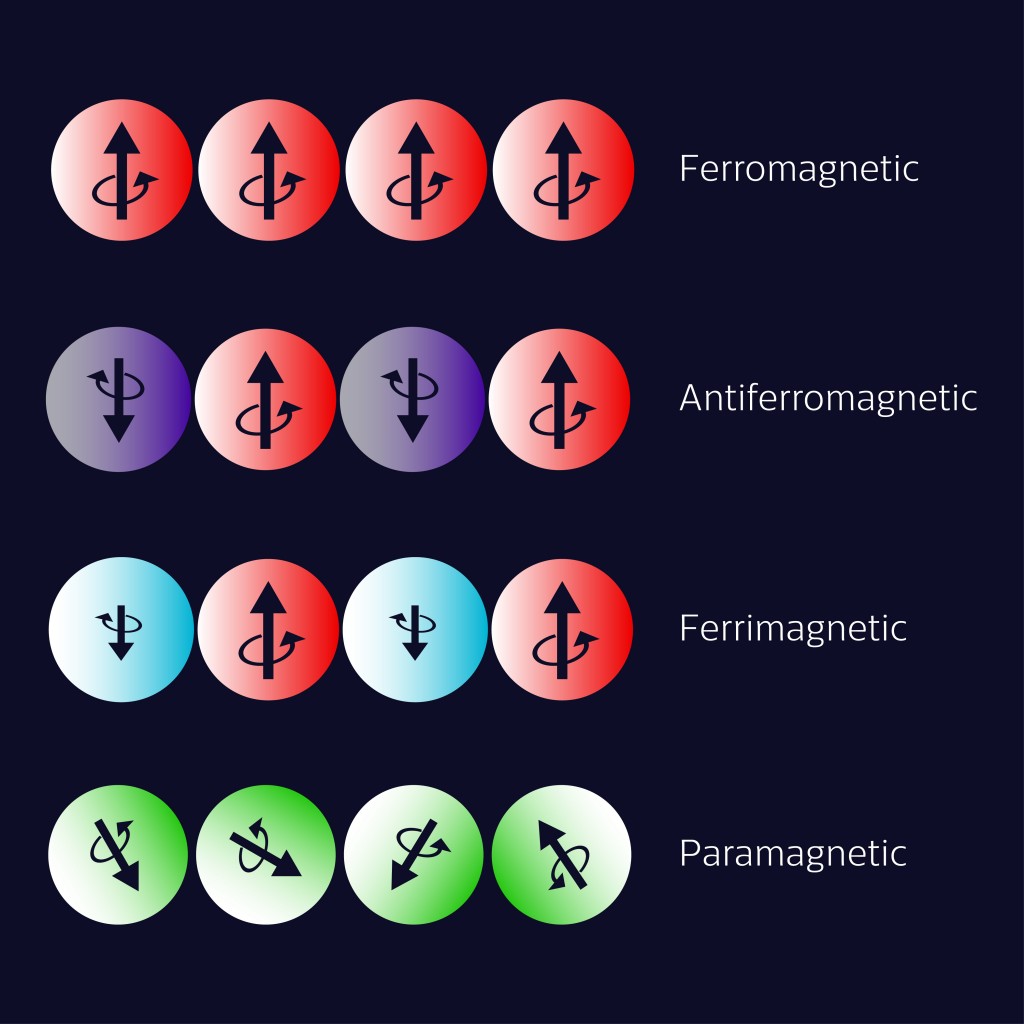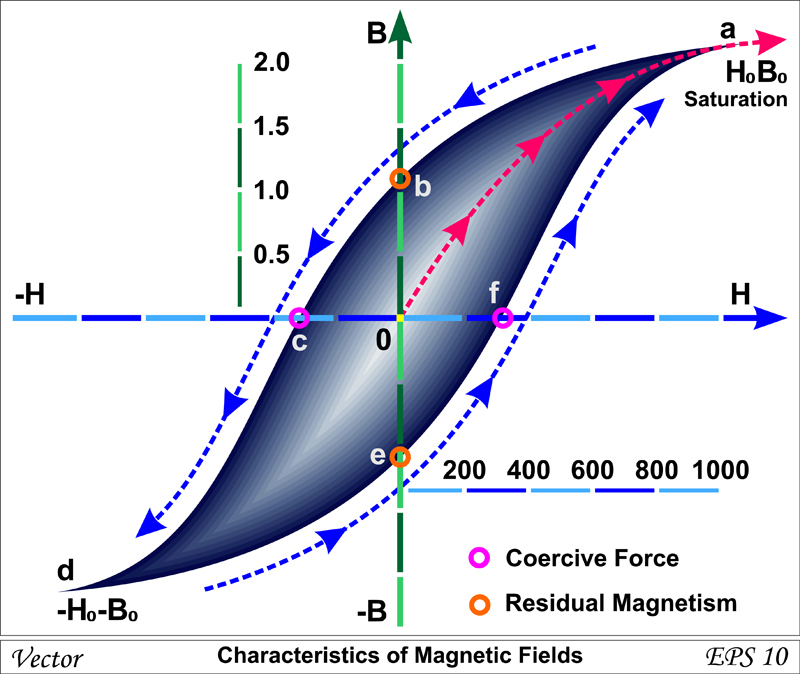Table of Contents (click to expand)
There are three main ways to demagnetize a magnet: heating, hammering, and exposure to a strong magnetic field.
Magnets are things we are quite familiar with and they play an integral part in our daily life, even if we don’t realize it. Magnets are found in toys, but also represent an essential component of instruments that we need to survive in the modern world. However, just as all things wear down over time, so too does the strength of the magnet, but this wearing down is a beautiful phenomenon in and of itself. Before we get into this “wear down” process, let’s take a brief overview of magnets.
Overview Of A Magnet
A magnet may be defined as any object that exerts a magnetic field. These magnetic fields are invisible, but are most notable when they’re in the presence of iron or another magnet. Two underlying phenomena occur when a magnet is close to such a material; it either attracts or repels the object (provided it can interact magnetically).

One of the most common and well-known types of magnets is a permanent magnet. A permanent magnet is an object that can be magnetized and creates a persistent magnetic field. The most common type of permanent magnet that most of us know of is the refrigerator magnet we use to hold up notes on the door of the refrigerator.
Soft And Hard Magnets
Permanent magnets can further be classified into soft or hard magnets. Soft magnets are those materials that can be magnetized but don’t hold their magnetic nature for an extended period. Hard magnets are the exact opposite of soft magnets, as they keep their magnetic properties for an extended period of time and cannot be easily demagnetized.

Elctromagnet
Another new type of magnet is the electromagnet. An electromagnet is usually made from a coil of wire that behaves like a magnet when electricity is passed through it. However, it stops acting like a magnet the moment the electricity is cut off. There are various methods that can be used to increase the strength of an electromagnet. One such popular method is to wrap the coil around a soft magnet (with the proper orientation) and then turn on the electricity, as this significantly enhances the magnetic effect of the electric coil.
Also Read: Why Are Some Materials Magnetic? Is Aluminum Magnetic?
Types Of Magnetic Materials
Even magnets come in different assortments and types. There are three main types of magnets, based on their component materials.
1. Ferromagnetic
The first type is ferromagnetic material. Ferromagnetic materials are the classic types of magnets we envision upon hearing the term magnet. Of all the magnetic materials, these are the only ones that can retain their magnetic properties. This kind of magnet cannot be demagnetized, even upon the introduction of a strong opposing magnetic field. Ferromagnetic materials range from your ordinary refrigerator magnet to one of the first kinds of magnets ever identified—the lodestone.

2. Paramagnetic
The second type of magnetic material is paramagnetic material. This classification includes substances like aluminum, platinum and oxygen, to name a few. These elements are weakly attracted to either pole of a magnet in their natural state. The magnetic attraction exhibited by these elements is extremely feeble. Their magnetic fields can only be detected by keen instruments or a powerful magnet.
3. Diamagnetic
Diamagnetic material is a unique kind of magnetic material that possesses an exclusive property in which both the poles of other magnets repel this kind of material! Diamagnetic substances include carbon, water, copper and plastic. In comparison to ferromagnetic and paramagnetic materials, they have the weakest repulsion. A fun thing to know about diamagnetic materials is that they have a permeability that is less than that of a vacuum! The term permeability refers to the relative increase or decrease in the resultant magnetic field inside a material compared with the magnetizing field in which the given material is located.
Hysteresis Curve
The life cycle of a magnet’s magnetism (sounds weird) can be mapped out by what is known as a hysteresis curve or cycle. The hysteresis curve has another name, known as the B-H curve. The B stands for the magnetization of the material, while the H stands for the applied magnetic flux intensity. The B-H curve is the curve characteristic of the magnetic properties of a material, element or alloy. It tells you how the material responds to an external magnetic field and is a critical piece of information when designing magnetic circuits. In the plot below it shows that vacuum has an H of 800 At/m creates a B of 1 mT. With a sheet steel core, an H of 800 At/m has a B of 1.2 T, representing a considerable increase in B for the same H! The hysteresis comes into play when the material has been magnetized. The B within the material does not return to what it was before but is instead dependent on the history of its magnetization.

Also Read: Do Magnets Lose Their Magnetism Over Time?
Hysteresis Loss
Over time or due to a strong opposing magnetic force, a magnet may experience something known as a hysteresis loss. This is also known by other names, such as iron loss or copper loss, and it’s always a constant. The magnetizing force works against the internal friction of the molecules of the magnet, producing heat. This energy, which is wasted in the form of heat, due to hysteresis, is called Hysteresis Loss.
Magnetic Hysteresis
When a magnetization force is applied to the magnetic material, the molecules of the magnetic material become aligned in one particular direction; when this magnetic force is reversed, the internal friction of the molecular magnets opposes the reversal of magnetism, resulting in Magnetic Hysteresis.
To wipe out or overcome this internal friction, known as residual magnetism, a part of the magnetizing force is used. This work done by the magnetizing force produces heat; resulting in hysteresis loss.
In conclusion, even if there are other factors, such as mechanical stress or temperature, that lead to demagnetization, hysteresis loss is the primary reason for the loss in magnetization for most permanent magnets applied in daily use.
How well do you understand the article above!

